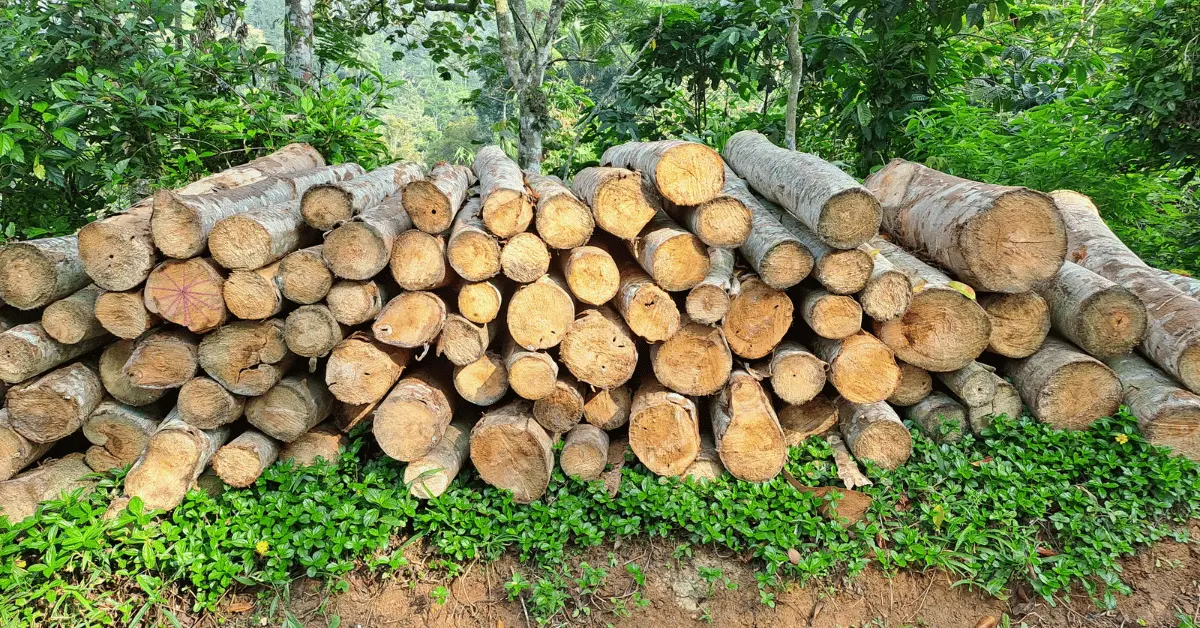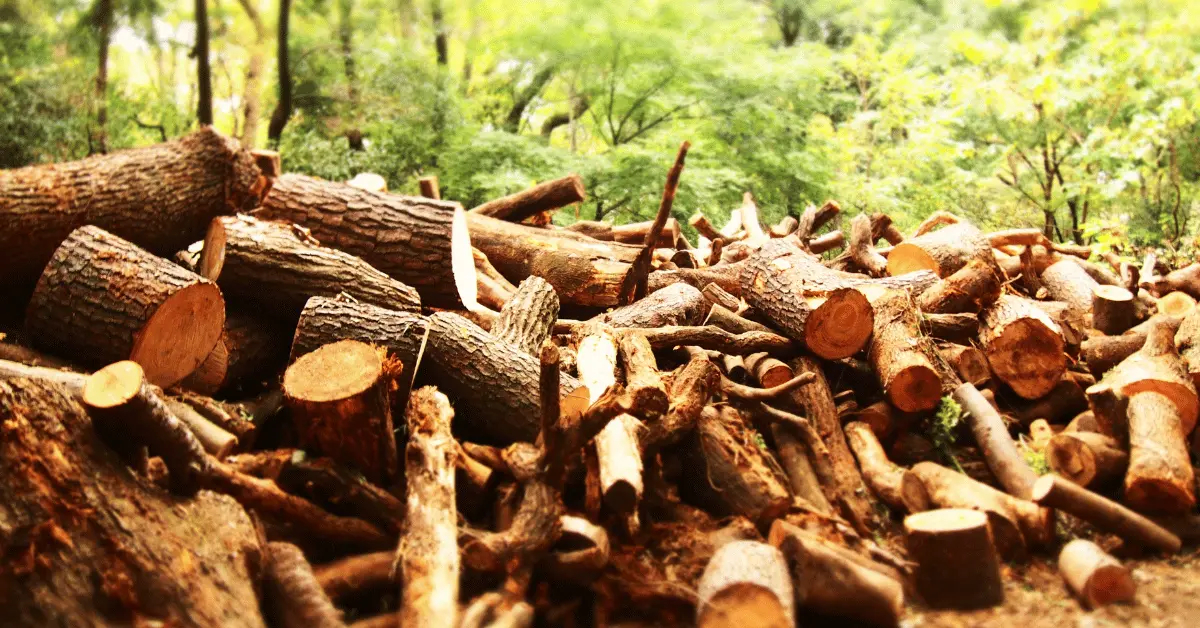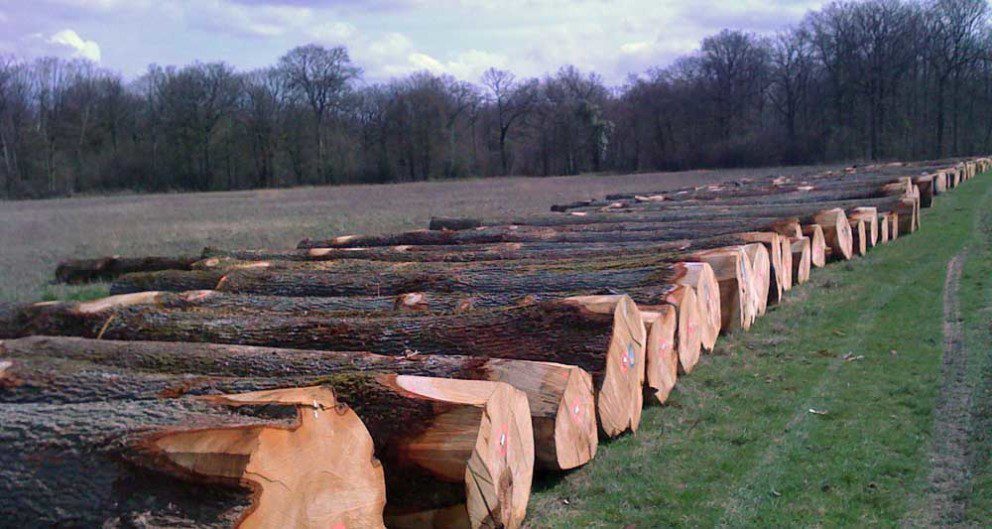Logging companies tend to purchase timber from landowners in two main ways—through a bid “on the stump” or by “cutting on the shares.” While both arrangements have their pros and cons, it is important to understand the differences. This helps make an informed decision about harvesting your standing timber.
Buying on the Stump
Buying timber on the stump is when a logging company offers a timber owner a certain price for the right to harvest and remove timber from their property. This price varies greatly depending on the species and quality of the timber, as discussed thoroughly in this blog post. It can pertain to either a specific number of trees or to all merchantable timber. Essentially, it means anything in the woods with a commercial value greater than the cost of logging. It also includes hauling the forest products away.

Why Stumpage Prices Are Lower Than Log Values
This point may seem unimportant, but many times landowners who sign contracts to sell “all merchantable timber” end up unhappy with the condition in which they leave their woodland. Numbering and agreeing on the trees prior to logging is a great way to avoid confusion. It helps keep a timber harvest from becoming a regrettable experience.
Though the price paid on the stump varies, it is important to keep in mind that this price is always much lower than the value of the logs once we have harvested and removed them from the woods. This is essential because the logging company must be able to make money to remain in business. However, it may not be the best arrangement for the landowner.
Timber Pricing and the Benefits of Shared Cutting
In other words, it is really impossible to accurately value a veneer log until we get to see the stump. A logging company would face a significant financial blow if it paid top dollar for what it believed to be veneer quality trees, only to find they were cut down with stain and rot in the trunk. For this reason, we typically buy standing timber at fairly conservative prices.
While the landowner is up front in this arrangement, the money they receive can be considerably less than the amount earned by cutting on shares. In a way, cutting on the shares allows the logging company and the landowner to share the risk. The possible reward is that the trees will cut down cleanly and sell for a high price. Therefore, unless a customer insists on a bid price, Timber Works strongly encourages shared cutting. Harvesting timber on a shared basis can greatly advantage both sides.
Cutting Timber On Shares

Higher Earnings Lower Risk The Share Cutting
When a landowner agrees to cut their timber on shares, they allow the logger to handle the process. The logger cuts, removes, and markets the timber. Once a sale takes place, the landowner receives 50% of the gross value of the timber.
Benefits of Cutting Shared Timber Harvesting for Landowners
Timber Works builds niche markets for harvested timber. We sell certain species to one company and others to another. This ensures the timber is marketed for its highest value use. As a result, Timber Works achieves impressive averages for harvested timber. If you choose to cut your timber on shares with our company, you benefit from this approach. Opting for cutting on shares gives you access to a sophisticated market.
Give us a call today for a no-hassle assessment of your standing timber.


Comments 1
Greetings,
We are preparing to have approximately 20 acres of timber “select cut” for Ash, & some Walnut trees, here in Brown County, Ohio.
I’ve Researched this matter quite a bit, & it has been a “learning Experience”. I’ve contacted The “School of Environment & Natural Resources at Ohio State University, Shawnee State Forest, various “Forestry Consultants”, & visited many websites.
We’ve decided to go as you suggest & do the project on “Shares” of 50-50.
My question is, ,… Could you guide me to where I could view a sample Contract, that would protect the interests of both Parties to the Contract? So far, I’ve found very little on the Internet, that could be a guide, that includes the “Better Management Practices”, as well as the liabilities of both the Logger, & the Landowner.
Respectfully Yours,
David DeBord